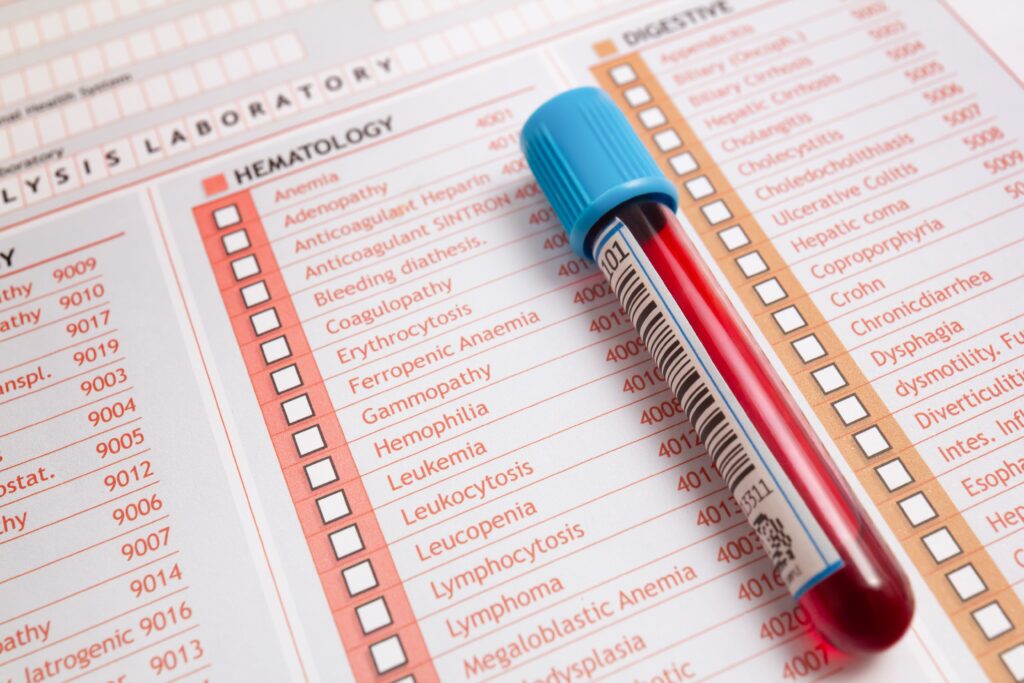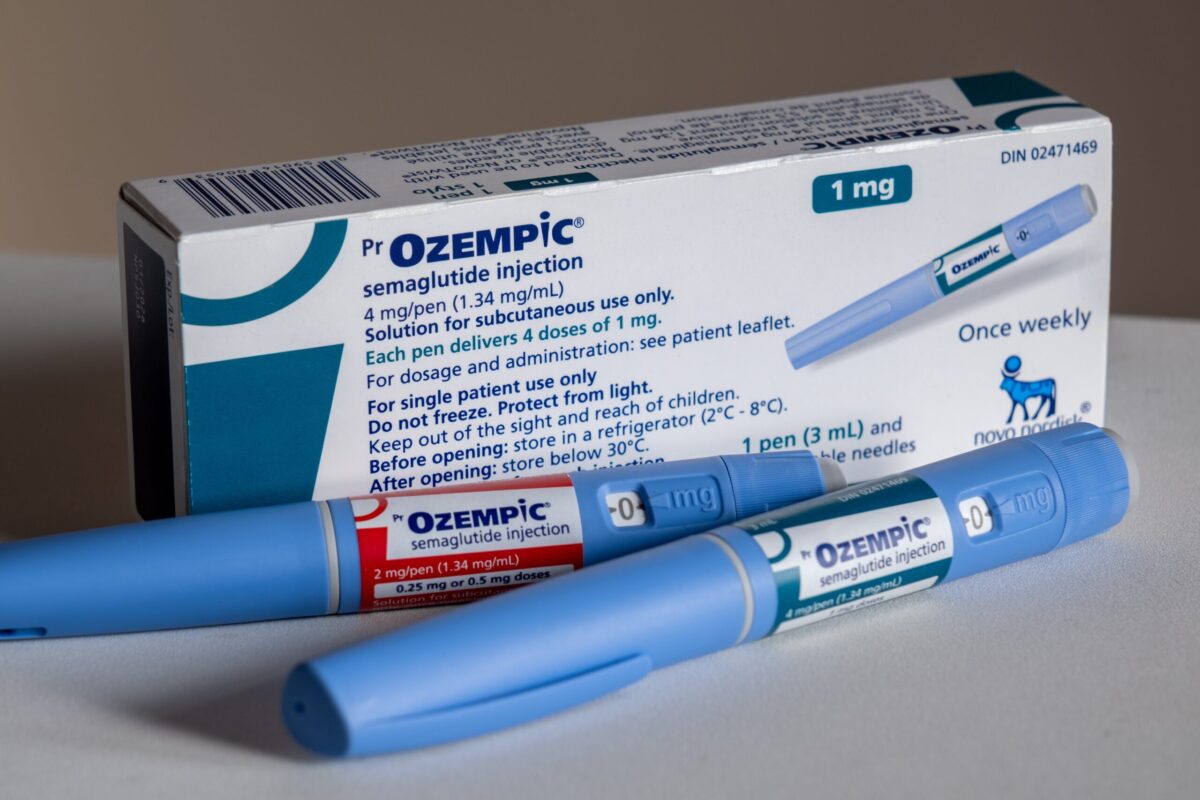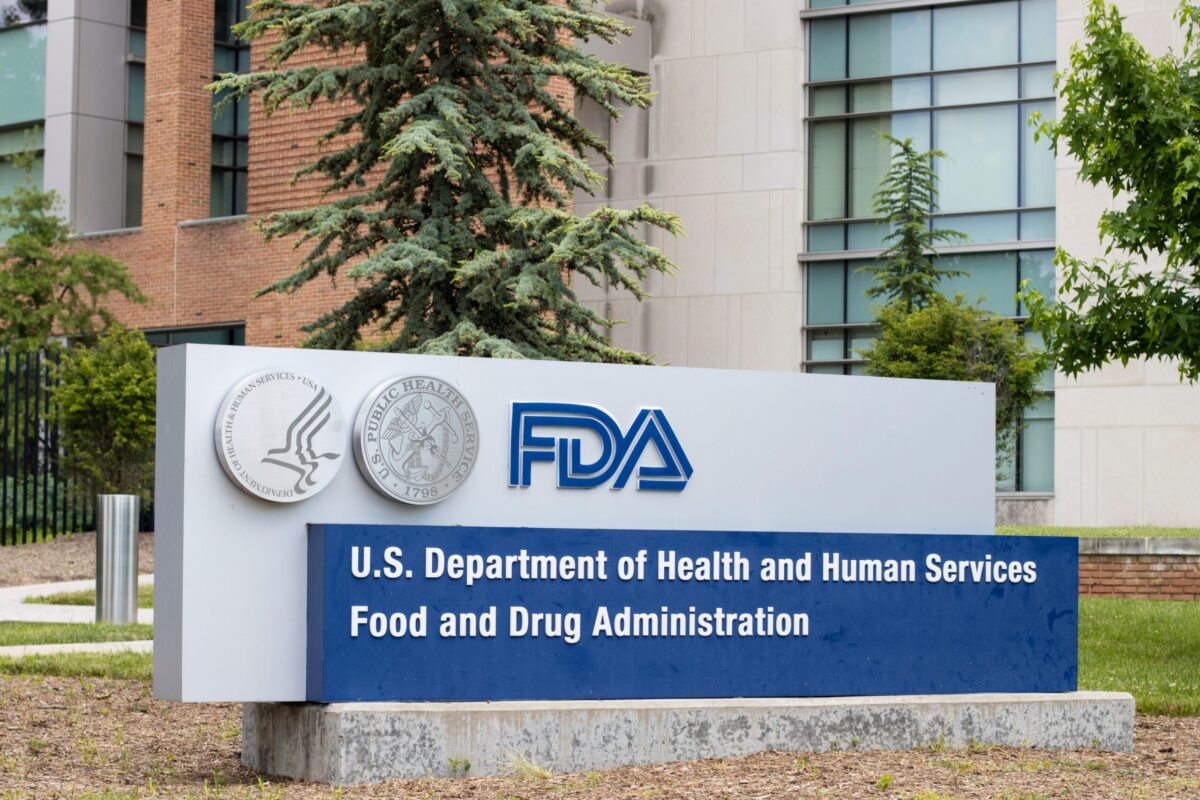The FDA has approved Sanofi’s Qfitlia (fitusiran), making it the first approved siRNA therapy for hemophilia A or B, and the first for the conditions with or without inhibitors.
It is indicated to prevent or reduce bleeding episodes in patients aged 12 and older, with or without factor VIII or IX inhibitors.
Qfitlia is also the first antithrombin-lowering therapy approved for routine prophylaxis in hemophilia A or B.
Hemophilia A and B are rare genetic bleeding disorders caused by a deficiency or dysfunction of clotting factors VIII (FVIII) and IX (FIX), respectively.
In hemophilia patients, “inhibitors” are antibodies that interfere with the effectiveness of clotting factor replacement therapies. Some individuals with hemophilia A may develop inhibitors against factor VIII, while those with hemophilia B can develop inhibitors against factor IX.
Hemophilia affects approximately 33,000 males in the US. About a quarter have type B. As an X chromosome-linked condition, it mainly affects males.
Individuals with hemophilia A or B have impaired blood clotting, leading to prolonged bleeding after injury or surgery. They may experience spontaneous bleeding into muscles, joints or organs — episodes that can be life-threatening.
Bleeding episodes in the joints can lead to a severe form of hemophilic arthropathy, which may require surgery to repair or replace damaged joints.
XTALKS WEBINAR: Keys to Success in Clinical Trials: A Strategic Guide for Biotechs and Startups
Live and On-Demand: Thursday, May 22, 2025, at 11am EDT (5pm CEST/EU-Central)
Register for this free webinar to learn how biotechs can navigate endpoint challenges in clinical trials and accelerate their path to drug approval.
Management typically involves on-demand treatment or preventive (prophylactic) therapy using FVIII or FIX replacement products, or agents that mimic the function of these factors.
The frequent intravenous infusions can be challenging for patients.
Qfitlia differs from traditional factor replacement therapies. Through RNA silencing, it targets the expression of antithrombin, a protein that inhibits blood clotting. By reducing antithrombin levels, Qfitlia enhances thrombin generation, thereby promoting effective clot formation.
Qfitlia is administered subcutaneously, starting once every two months.
The dose and frequency of injections are adjusted using the FDA-cleared INNOVANCE Antithrombin companion diagnostic test. The FDA granted clearance of the test to Siemens Healthcare Diagnostics Gmb along with Qfitlia’s approval.
The companion diagnostic helps achieve target antithrombin activity levels by guiding dosing and injection frequency. This approach minimizes the risks of both bleeding and excessive clotting.
Clinical Trials Backing Qfitlia’s Approval
Two Phase III studies involving adult and pediatric male patients with hemophilia A or B supported Qfitlia’s FDA approval.
The ATLAS-A/B study compared once-monthly dosing of Qfitlia with previous on-demand/episodic use of clotting factor concentrates. The ATLAS-INH study involved on-demand/episodic use of bypassing agents.
Across both studies, prophylactic treatment with Qfitlia reduced annualized bleeding rates by 90% compared to the control groups.
The ATLAS-INH trial enrolled 77 patients with inhibitory antibodies to FVIII or FIX. Among participants in the trial who received Qfitlia, there was a 73% reduction in estimated annualized bleeding rate compared to those who received on-demand treatment with bypassing agents. Additionally, 66% on Qfitlia had no annualized bleeding episodes compared to 5% of those who received an on-demand bypassing agent.
In the ATLAS A/B trial, which enrolled 120 patients without inhibitors, Qfitlia reduced estimated annualized bleeding rates by 71%. And 51% of those who got a monthly prophylactic dose of Qfitlia had no annual bleeds versus 5% of those who received on-demand clotting factors.
Qfitlia is the second RNA interference therapy to receive a highly anticipated FDA approval recently. Last week, the agency approved Alnylam’s Amvuttra for patients with transthyretin amyloid cardiomyopathy (ATTR-CM).
Partnerships and the Hemophilia Market
Sanofi was initially developing both Amvuttra and Qfitlia in partnership with Alnylam. However, in 2018, the companies “concluded the research and option phase” of their partnership. Alnylam took the reigns on Amvuttra and Sanofi assumed full ownership of Qfitlia.
Both companies met with some setbacks during Qfitlia’s development, including clinical holds in 2017 and 2020. The first was triggered by a patient death due to a blood clot during a Phase II trial. Sanofi later identified a dosing strategy that reduced the risk of thromboembolic events.
Qfitlia will be entering a small but competitive market. In the last three years, the FDA has approved six new hemophilia treatments. Among these are three gene therapies.
Novo Nordisk’s recently approved Alhemo (concizumab-mtci) and Pfizer’s Hympavzi (marstacimab) are current leaders in the hemophilia A and B markets. However, Novo Nordisk restricts Alhemo to patients with inhibitors, and Pfizer limits Hympavzi to non-inhibitor patients.
In contrast, Qfitlia targets patients with or without inhibitors, giving it a competitive edge.
Moreover, Qfitlia, an siRNA therapy that blocks target protein expression at the RNA level, requires dosing only once every other month, compared to Alhemo’s daily and Hympavzi’s weekly dosing.
Roche’s hemophilia A treatment Hemlibra (emicizumab-kxwh) is currently the market leader in the indication. In 2024, it registered sales of $4.9 billion.
It is delivered subcutaneously and can be used in patients with or without inhibitors.
Sanofi is not new to the hemophilia market. It partnered with Sobi on Elocate, a hemophilia A treatment approved in 2014 that performed well until Hemlibra emerged as the market leader.
In 2023, the Sanofi-Sobi duo gained FDA approval for Altuviiio, an Elocate follow-on with an extended half-life for both prophylactic and rescue use.
ODDO BHF analysts project that Altuviiio, positioned as a strong Hemlibra competitor, will generate €1.3 billion ($1.4 billion) in sales by 2029.
A Sanofi spokesperson shared that the average annual wholesale acquisition cost of Qfitlia for most patients will be $642,000.












Join or login to leave a comment
JOIN LOGIN